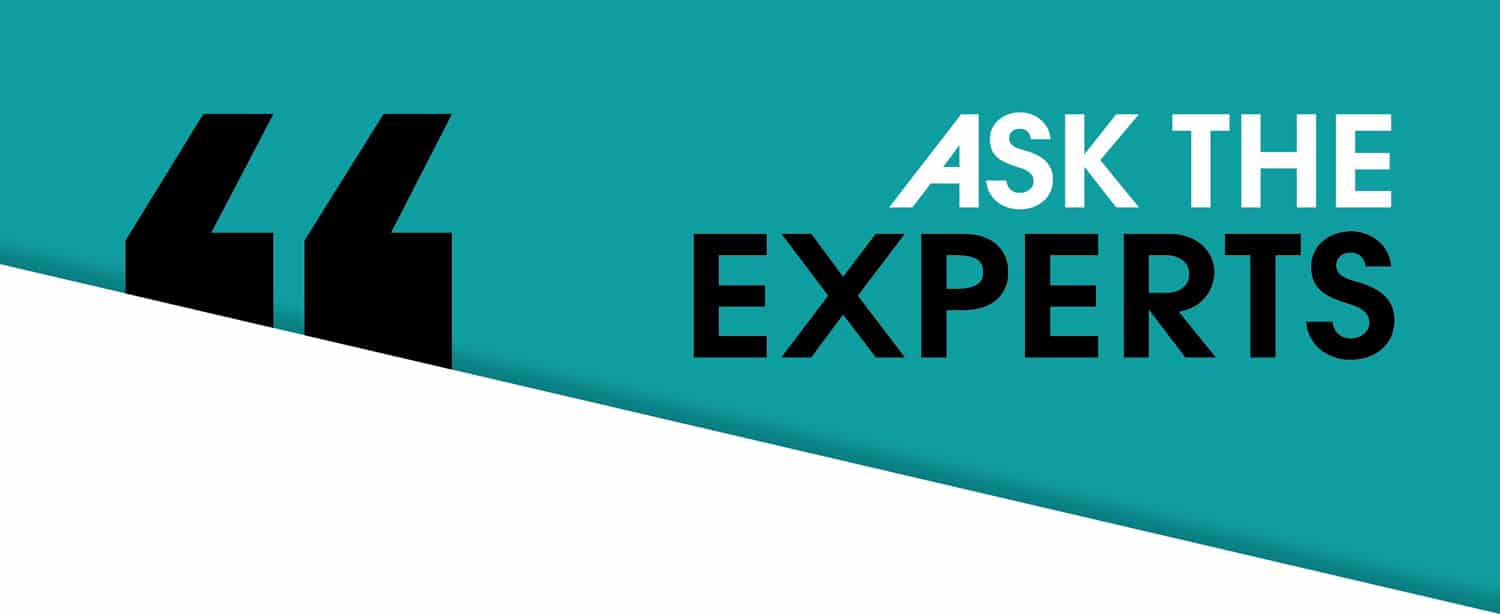
Home » Ask the Experts » The Future of Transport for People and Goods
Continued urban development requires the ongoing evolution of sustainable and efficient mobility options and services in our nation’s most populated areas. What is the future of transport for people and goods from one location to another?

Scott Petri
President
Mobility & Parking Advisors, LLC
“
Local package hubs seem to be the next logical, efficient way of delivering goods by consolidating shipments in bulk to locations rather than the current practice of singular packages throughout the day by multiple different delivery providers.”

Mary S. Smith
Senior Vice President
Walker Consultants
“
The timeline for mobility disruption due to autonomous vehicles and ridesharing has slipped at least five years, even for those still committed to the disruption scenario. Somewhat more of the decline in auto use will be to e-bikes and scooters and less due to ridesharing than earlier projections. I believe that is still too aggressive, both too steep and too fast.”

Katherine Beaty
Executive Vice President of Customer Experience
Tez Technology
“
I believe we are already experiencing a glimpse of the future, marked by a shift away from extensive private vehicle ownership. Increasingly, individuals are turning to public transportation, rideshare programs, and micro-mobility options. This trend is reinforced by the convenience of real-time delivery services for various items, including food and prescriptions. The ongoing evolution towards shared and on-demand mobility reflects a growing emphasis on efficiency, sustainability, and reduced reliance on personal vehicle ownership.”

Casey Jones, CAPP, PMP
Senior Director, Customer Success
FLASH Parking
“
The future of transport will be cashless, seamless, frictionless, connected, and coordinated. The IoT and cloud computing will result in a simplified experience for users while deanonymizing the relationship between asset owners and mobility users.”

Nancy Kobielski
Business Services & Communications Manager, Parking & Transportation Services
University at Buffalo
“
With the rise in fuel and continued awareness in the call for climate action, I think we will see more folks riding transit, using electric bikes and scooters and goods being shipped in larger quantities with longer wait times to the consumer.”

Scott C. Bauman, CAPP
Manager of Parking & Mobility Services, Public Works Department
City of Aurora, CO
“
The future of transportation of people, goods, and services embraces the continued advancements and system innovations involving connected vehicles and smart communication technology to offer greater mobility, efficiency, and improved user safety. Connected real-time information regarding available route/destination options, the networked connections with the infrastructure we travel through, and the transportation performances gained will enhance and ultimately move our nation forward through these sustainable mobility advancements.”

Erik Nelson, PCIP
Director
Walker Consultants
“
The future of transportation is multi-modal. “Everything is somewhere else, and you get there in a car” is in the past, and our present includes not only cars, bicycles and transit, but scooters and shared mobility programs. Our future must be more organized in making ALL of these modes accessible, user-friendly, and unimpactful to non-users.”

Julie Dixon
President
Dixon Resources Unlimited
“
I would hope that there is an investment in reliable, clean, and affordable public transportation services.”

Benito O. Pérez, AICP, CTP, CAPP
Policy Director
Transportation for America
“
The future of transport for people and goods, regardless of being in a major urban area to rural communities, comes down to stimulating mobility choices paired with denser and diverse land use choices. Diverse mode choices (think transit, biking, walking, rideshare) let people of all abilities and responsibilities (including moving goods) have the freedom to move. Land use choices allow different community activities, more mobility efficiencies, and facilitate equitable socioeconomic potential.”
HAVE A QUESTION? Send it to editor@parking-mobility.org and watch this space for answers from the experts.
The opinions and thoughts expressed by the contributors do not necessarily reflect the opinions and viewpoints of the International Parking & Mobility Institute or official policies of IPMI.

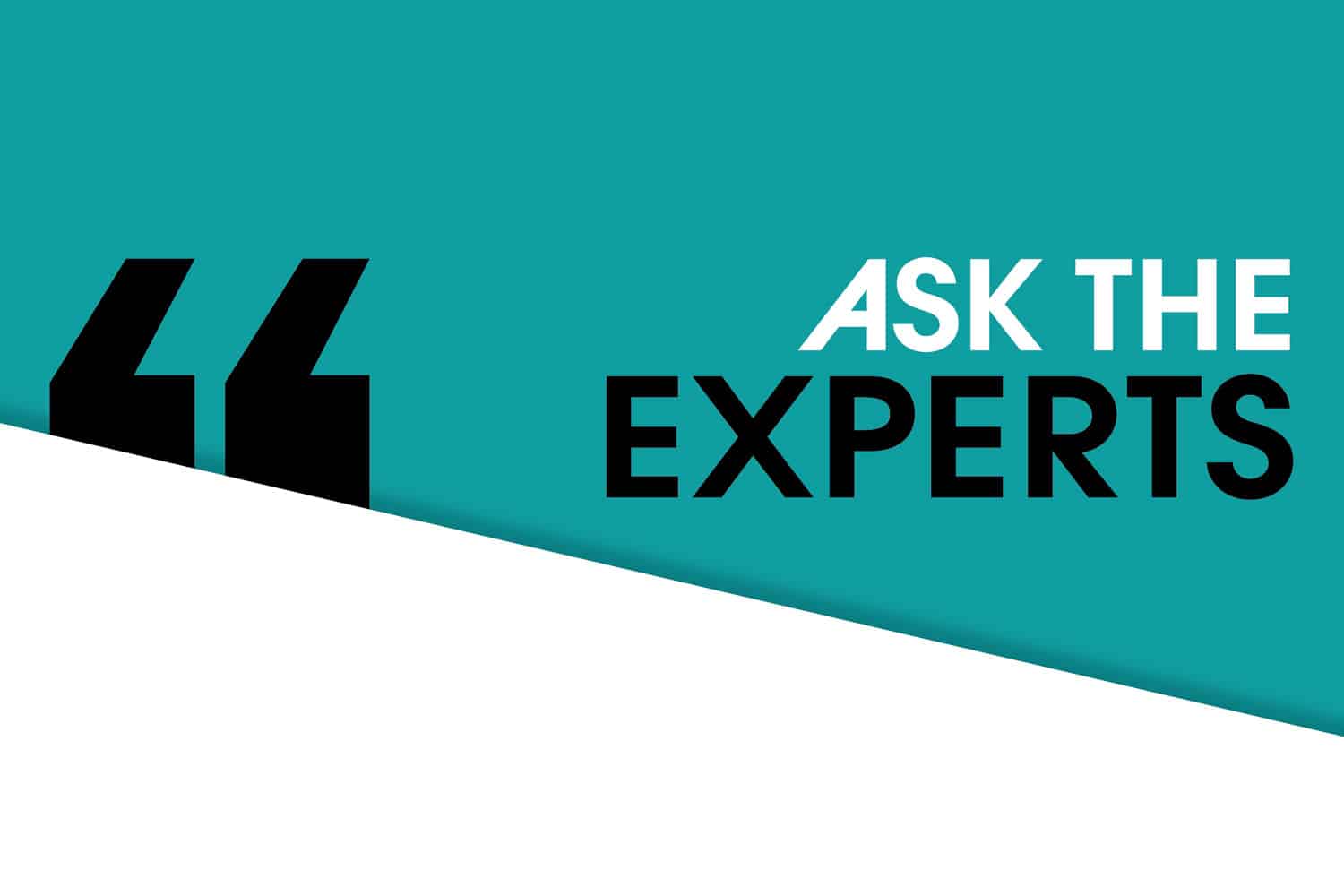
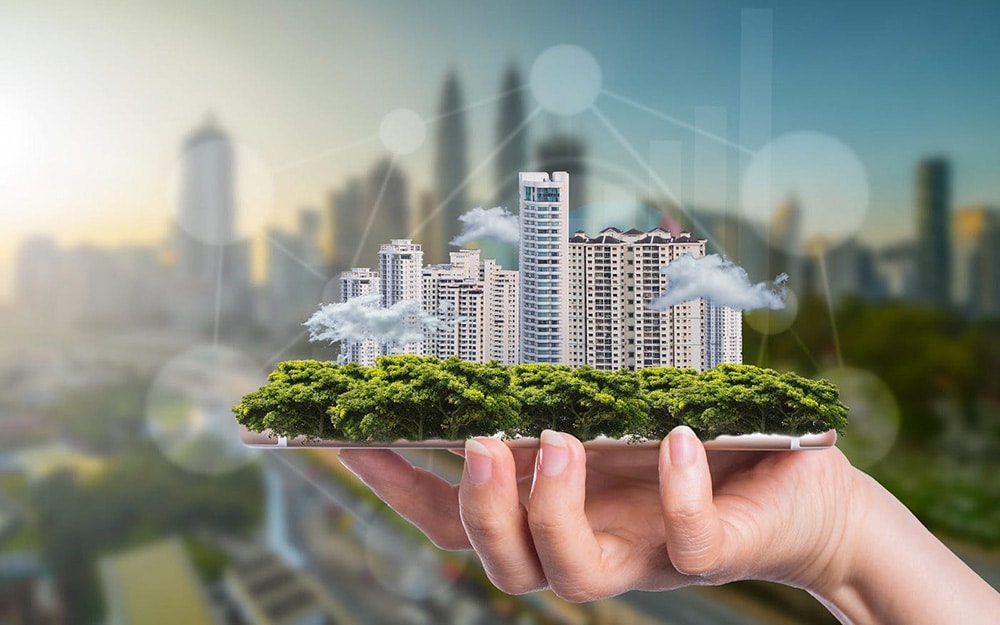
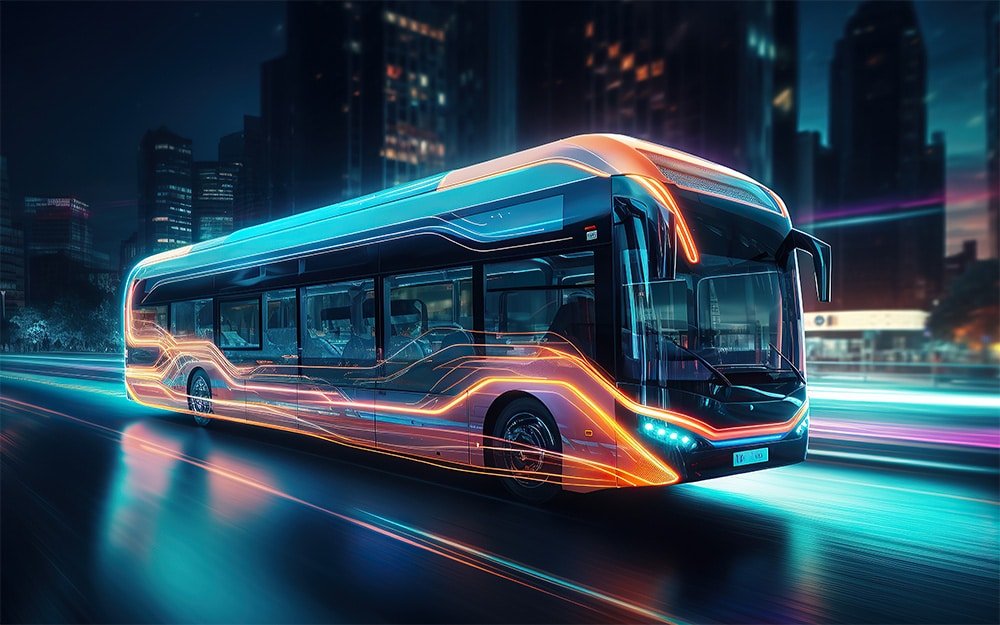
Beyond Plugs
How Wireless Charging Technology is Revolutionizing Electric Public Transportation
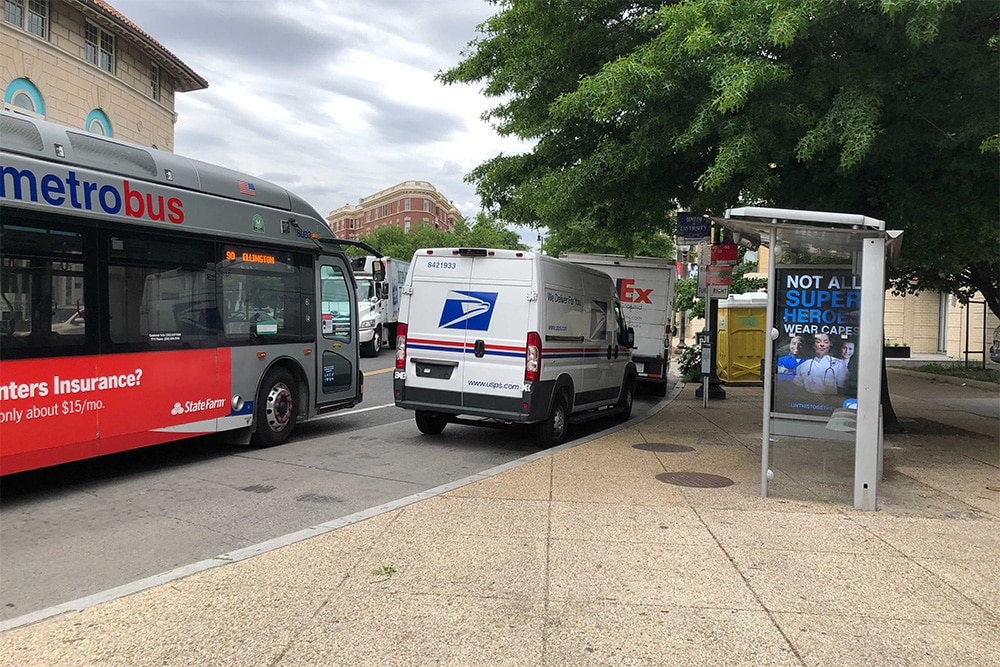
Rethinking Urban Mobility
Leveraging Data and GPS for Curb and Mobility Management
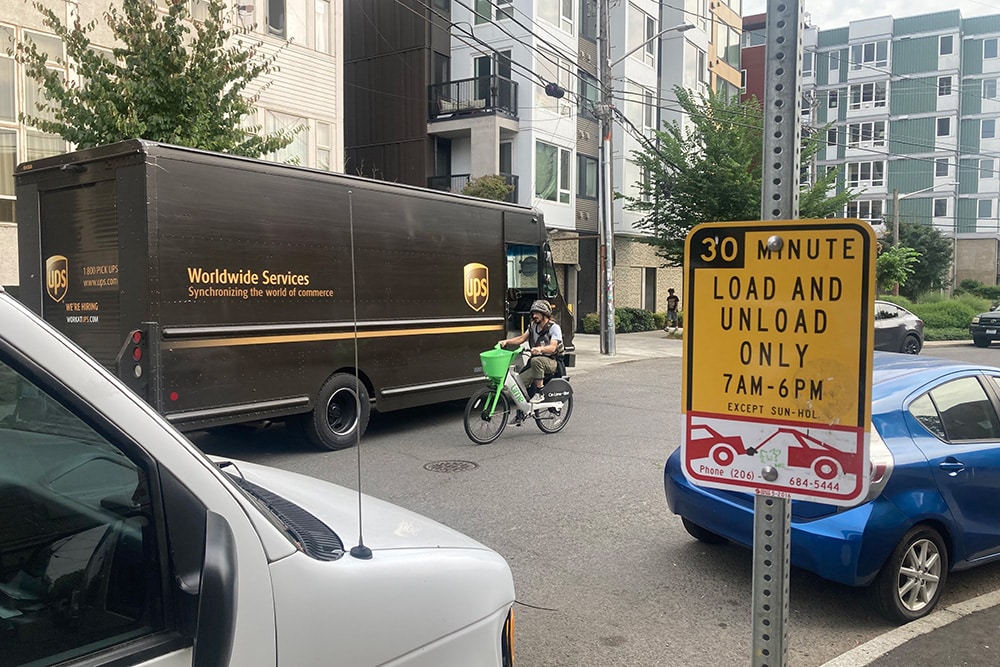
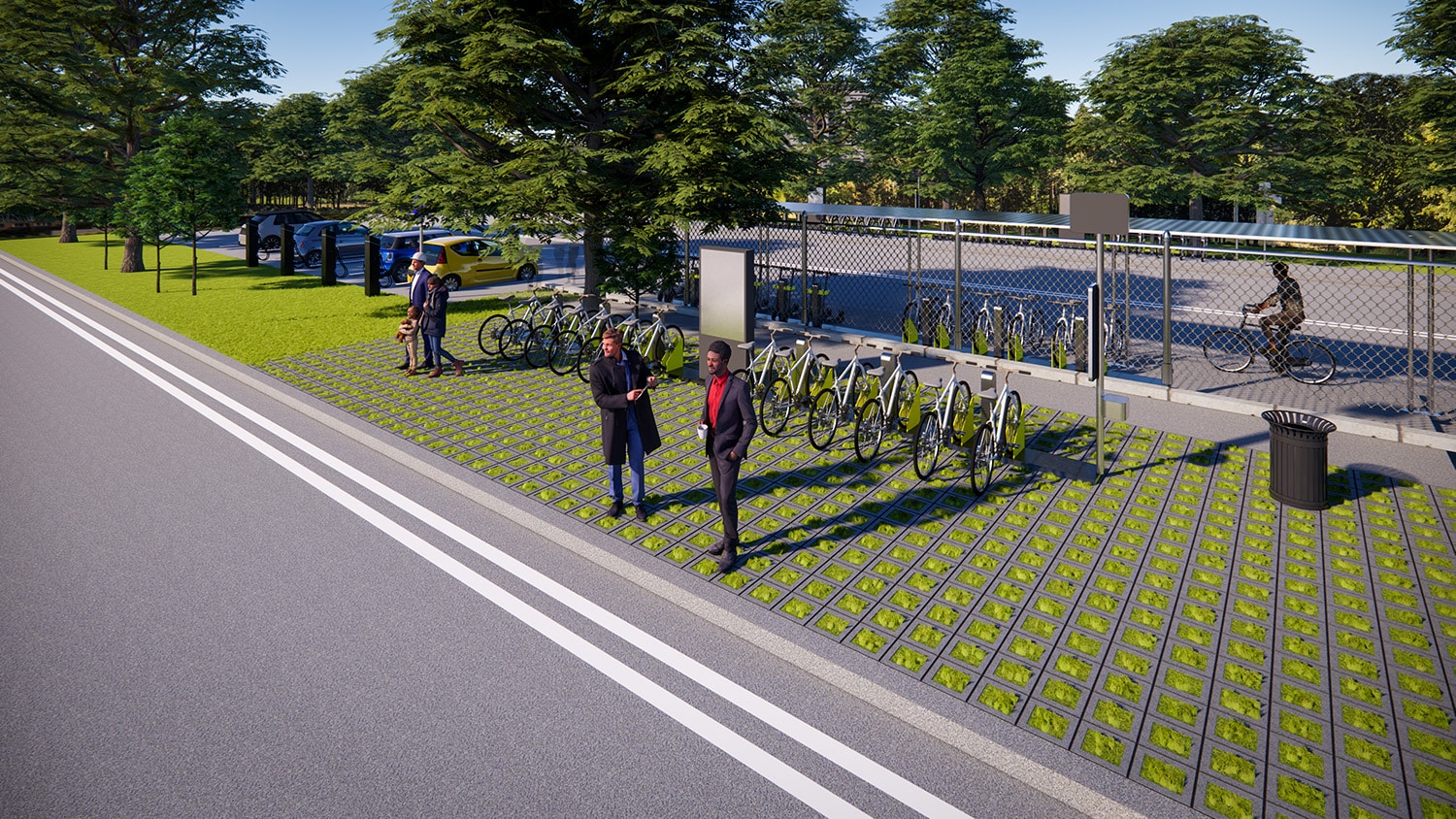
Mobility Hubs
The Future of Mobility Does Not Mean the End of

